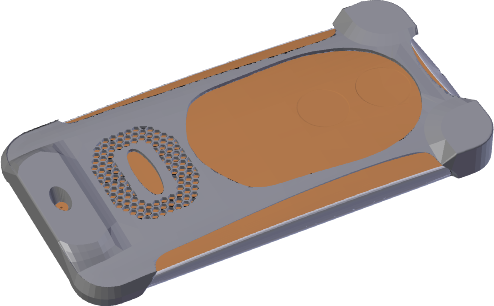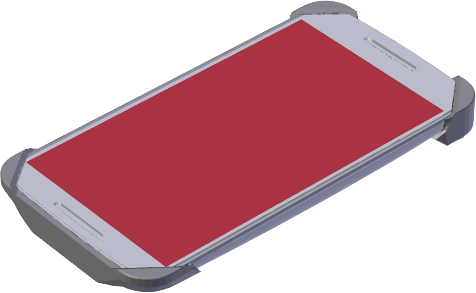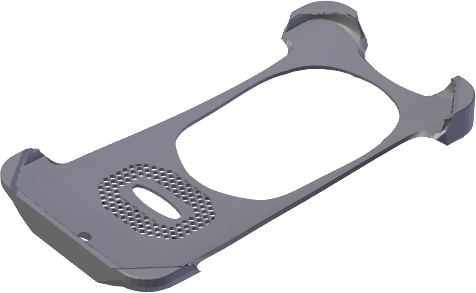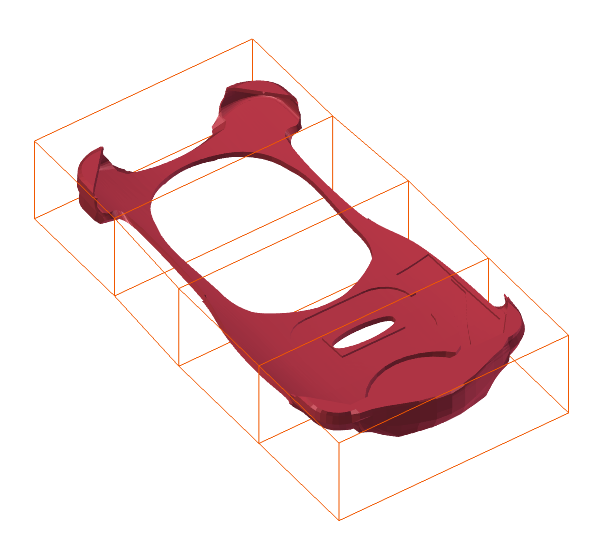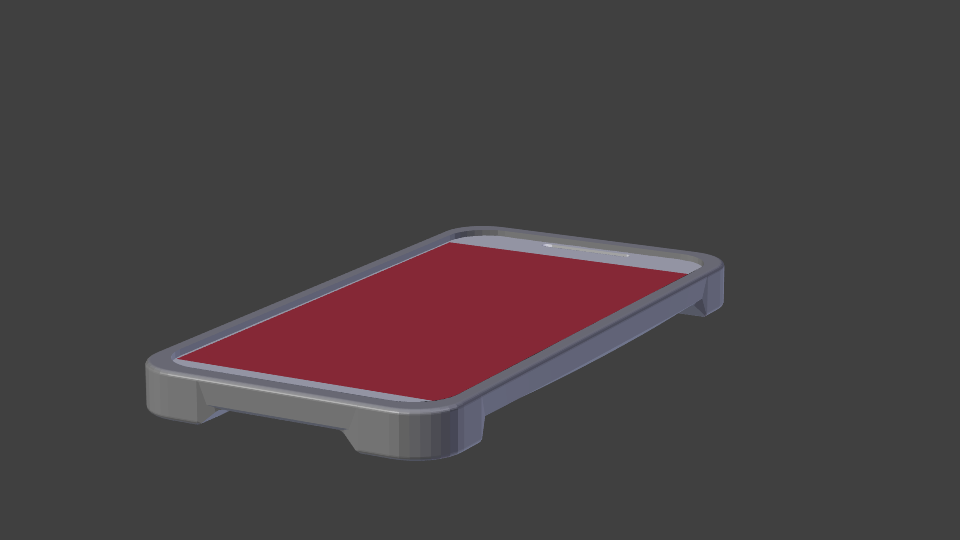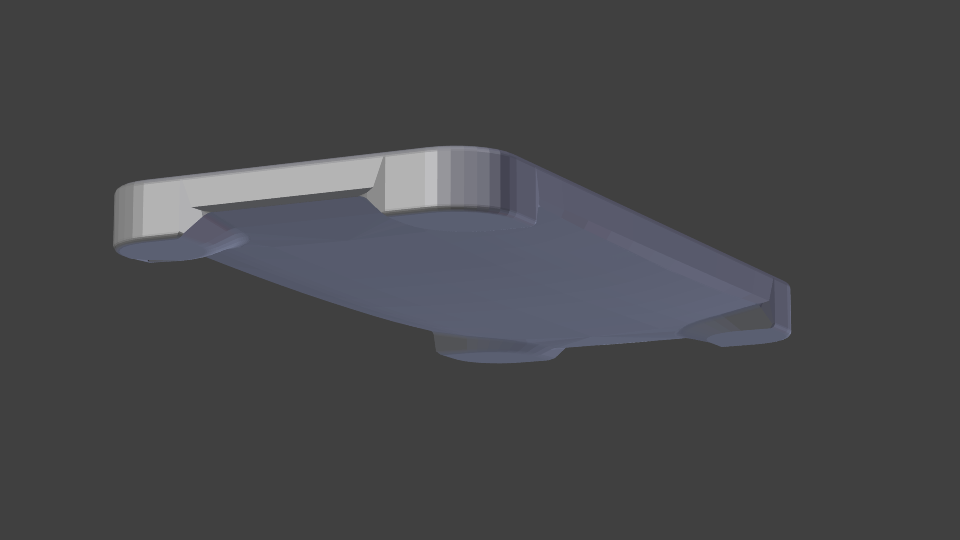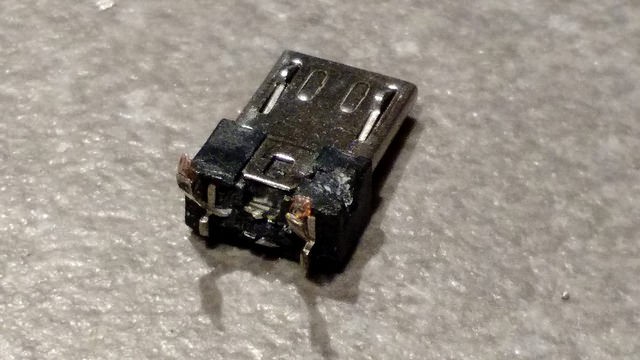I am going to be 3D printing a Qi Charging case for my phone. This is a pretty complicated project for something that involves 1 3D printed part, one component module, some wire, and some washers. 3D printing off of the bed using carefully designed support material is the main challenge I am facing, especially removing that support material after wards. I would like a fairly intricate design that fully displays the wood back of my Moto X and reminds you that the charger is there by flashing some of the copper coil through the windows. I also had my name engraved on my phone and I would like to show that off, too. Charging cases for this phone do exist, but they completely hide everything.
2nd Generation Moto X Qi Charging Case
A Qi charging case for the Motorola Moto X+1 (2014/2nd Generation/XT109x)
 J. Kha
J. Kha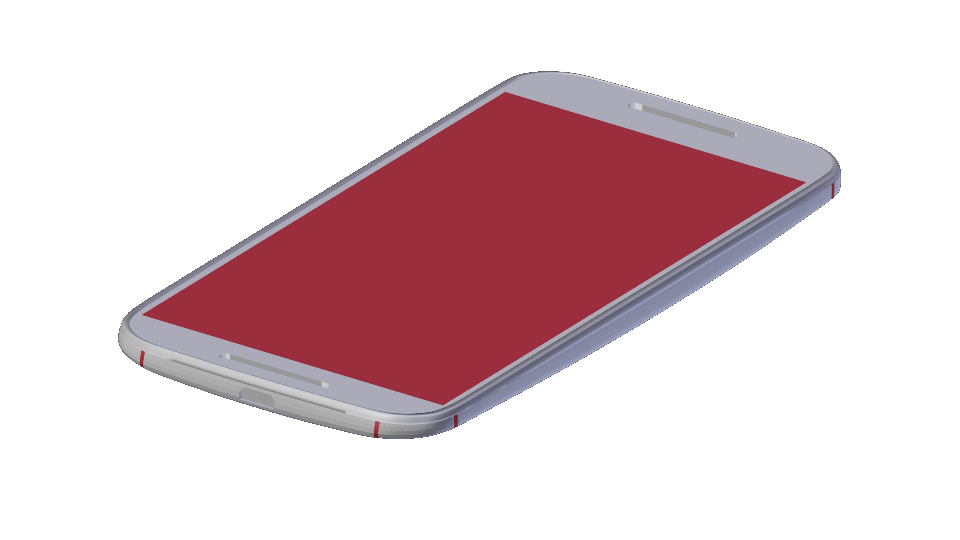
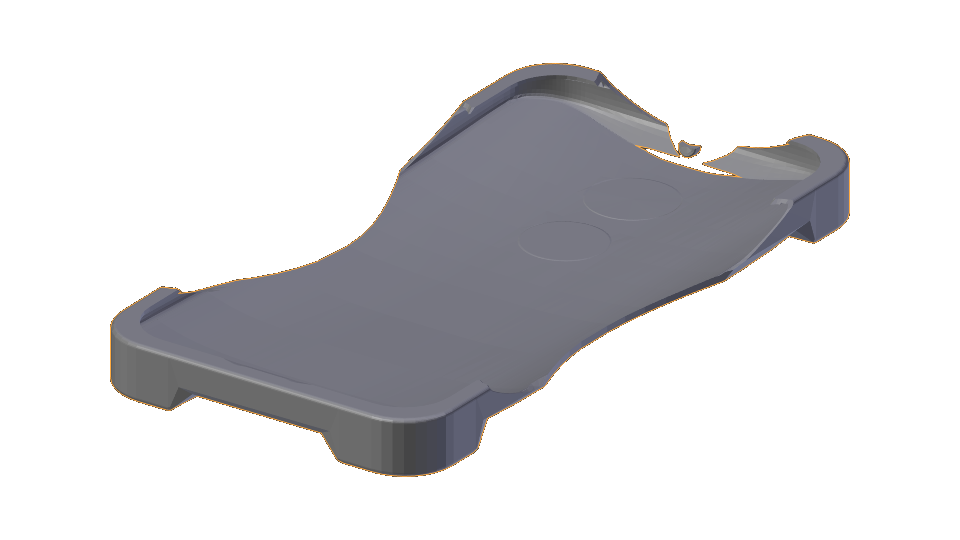 That brings me to my first try at getting the shape I want. I really am happy with the process, but not the result. I think about holding this in my hand, and it doesn't shout "comfort" to me, and I am not entirely pleased with the overall shape, either. I think I will be moving to a shape with 3 feet that will be easier to grip but will still stick to the charging base I have in mind. Stay tuned and I will continue to update this project log with my adventures in making a 3D model of the case with blender.
That brings me to my first try at getting the shape I want. I really am happy with the process, but not the result. I think about holding this in my hand, and it doesn't shout "comfort" to me, and I am not entirely pleased with the overall shape, either. I think I will be moving to a shape with 3 feet that will be easier to grip but will still stick to the charging base I have in mind. Stay tuned and I will continue to update this project log with my adventures in making a 3D model of the case with blender.